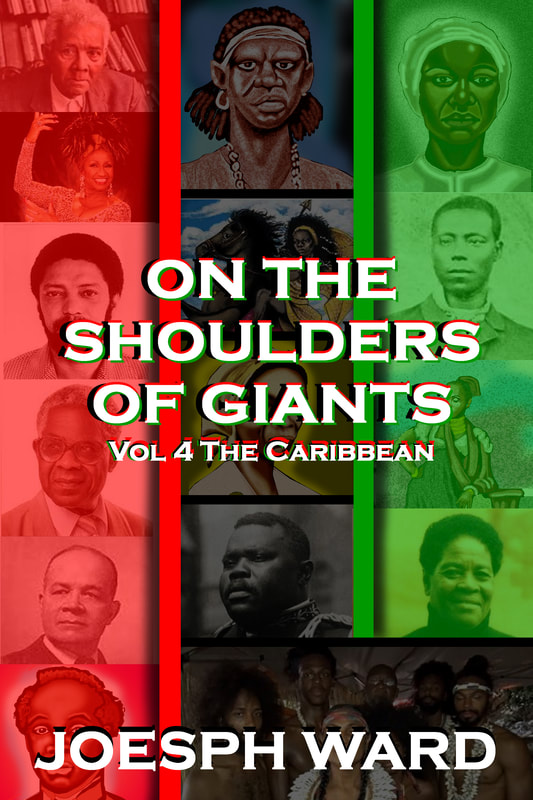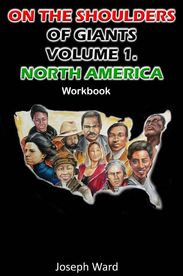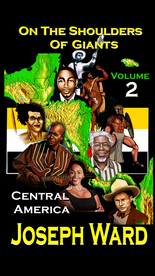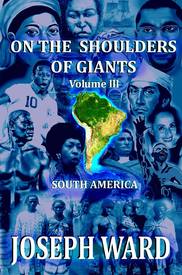|
December 8, 1902 Wifredo Lam was born in Sagua la Grande, Cuba to Liam-Yam his father and Ana Serafina Catilla. His father was born in the Canton Providence of Southern China, and his mother was of Afro-Cuban descent. His family settled in Havana, Cuba in 1916, where he attended the Academia de San Alejandro. Lam attended the Academia until he graduated in 1923, following his graduation he attended an art exhibition at the Salon de Bellas Artes, Lam was inspired by his trip to the exhibition and made his mind up to become a painter. Later in the year Lam was awarded a grant to study art in Spain; he accepted the award and parted for Spain as a virile twenty-one year old. His fourteen year stent in Spain was very rewarding, while in Madrid he learned about modern art, and studied the great painters of Spain such as Diego Velazquez, Francisco Goya, Hieronymus Bosch, and Pieter Brueghel the Elder. Lam met adversity in 1931, his wife and son died of Tuberculosis, he dealt with grief in his own artistic way. Lam produced a number of paintings titled mother and child in honor of his lost wife and son; he also sought the company of his friends and got involved with political organizations. Lam was able to join the Republican force in their fight against Francisco Franco; he gained admission to the force with the help of a friend and contributed by creating anti-fascist posters and working in the munitions factory. It is said that his painting La Guerra Civil was inspired by the violence of the Cuban Civil War. In 1936 Lam met his second wife Helena Holzer; he would later leave Spain for Paris, where his luck got even better. While living in Paris he would meet and befriend Pablo Picasso, who would introduce him to important poets, painters, and art critics; the most important person at the time he met was Pierre Loeb. In 1939 Lam held his first solo painting exhibition at the Galerie Pierre, Loeb is the owner of the Galerie. In Marseille, France, Lam gathered with contemporaries at the Villa Air Bel where he produced his series of ink drawings that would become his signature style, which are hybrid figures. From 1941 to 1947, he would perfect his style while living in Cuba. Lam began attending Afro-Cuban rituals with his friends; these rituals would have an influence on his art during this period he would paint his most notable piece La Jungla. 1942 was considered his most productive year; he made over a hundred paintings, and had exhibitions at the Institute of Modern Art of Boston, Museum of Modern Art of New York and the Galerie Pierre Matisse. 1946 Lam and his wife took a trip to Haiti and his time on the Island helped shape his work and style as an artist. He felt that his contact with African culture enhanced his work; he states that he was greatly influenced by African poetry. Lam appeared in publications such as VVV, Instead, Art News and View; he also held exhibitions in the United States, Haiti, Cuba, France, England, Mexico, Moscow and Prague. Lam moved to Paris after the divorce of his second wife, shortly after he would meet his third wife Lou Laurin and the two married in 1960. Lam would later win the Grand Prix of the Havana Salon; later in 1958 he was named a member of the Graham Foundation for the Advanced Study of fine Art in Chicago, Illinois. In 1964 he was awarded the Guggenheim International Award. Lam’s career was filled with change and influence, he had a chance to meet and gain inspiration from some of the world’s most gifted artist, in 1982 Lam died but left an amazing legacy. He was influenced by his African roots and expressed it within his work; he created paintings to show his disagreement or support of the political events taking place in his native land of Cuba. Wifredo Lam was innovative, daring and a true student of art and life; Mr. Wifredo Lam, we proudly stand on your shoulders. J.A. Ward.
0 Comments
Leave a Reply. |
Details
Categories
All
Click Here to join our mailing list
|
Contact Us: |
Connect With Us |
Site powered by PIT Web Design
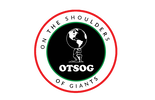
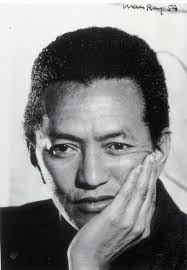
 RSS Feed
RSS Feed
